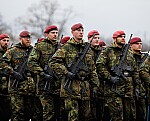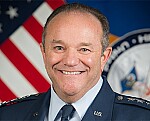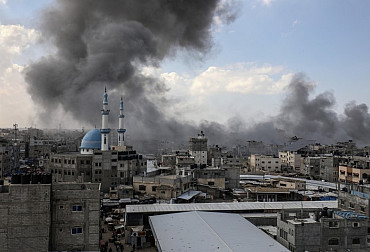Director of JCBRN Defence COE: Capability development is one of the fundamental pillars of our support to the Alliance
The last week of June saw not only the NATO summit in The Hague, Netherlands, but also the Conference of Directors of NATO Centres of Excellence (COE) in Prague. The conference was attended by 30 COE directors, as well as representatives of NATO organisations such as NATO HQ, Headquarters Allied Command Transformation (HQ SACT), ACT Staff Element Europe, Supreme Headquarters Allied Powers Europe (SHAPE), Joint Analysis and Lessons Learned Centre (JALLC), NATO-Ukraine Joint Analysis, Training and Education Centre (JATEC), Defence Innovation Accelerator for the North Atlantic (DIANA), NATO Science and Technology Organisation (STO) and others. The main objective of the conference was not only to further develop the COE and address new challenges it faces, but also to coordinate with other NATO organisations participating in the meeting. The Czech Republic was chosen as the venue for the conference, partly because Col. David Martínek, Director of the JCBRN Defence COE, was elected Dean of COE Directors for this year. In this role, he not only represents all 30 COE directors at various meetings, but is also responsible for organising the annual COE Directors' Conference.
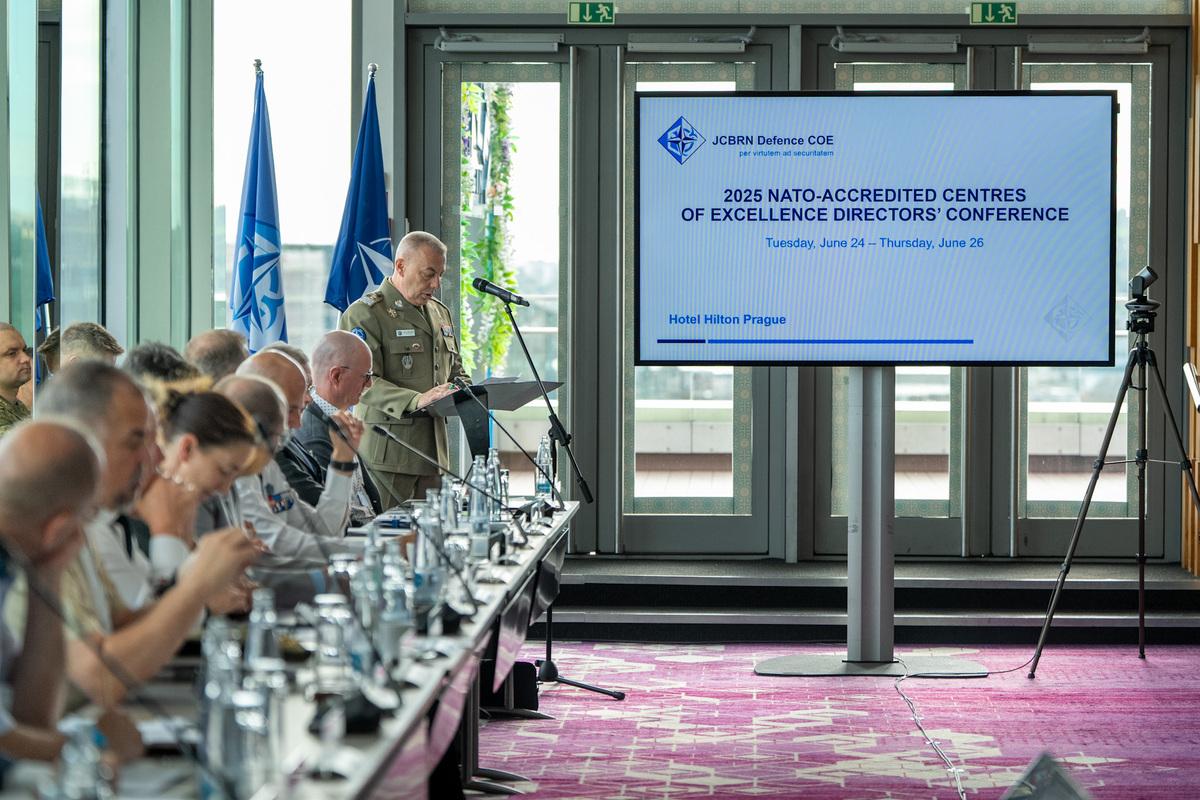
On this occasion, we asked Colonel Martínka about the activities of the centres, particularly the JCBRN Defence COE, which is located in the Czech Republic.
Colonel, could you explain what COEs are and what purpose they were created for?
NATO Centres of Excellence provide expertise in various areas of military affairs, thereby supporting NATO in areas such as doctrine, concept and terminology development, education and training, and experience gathering. Together, they provide NATO with a tool for innovation and cooperation to address current and future challenges for NATO, its allies and partners.
The initial idea for the Centres of Excellence was presented at the 2002 NATO Summit in Prague as a tool to support the transformation of the Alliance, along with the reorganisation of NATO's command structure and the creation of Allied Command Transformation (ACT), which coordinates the centres' activities.
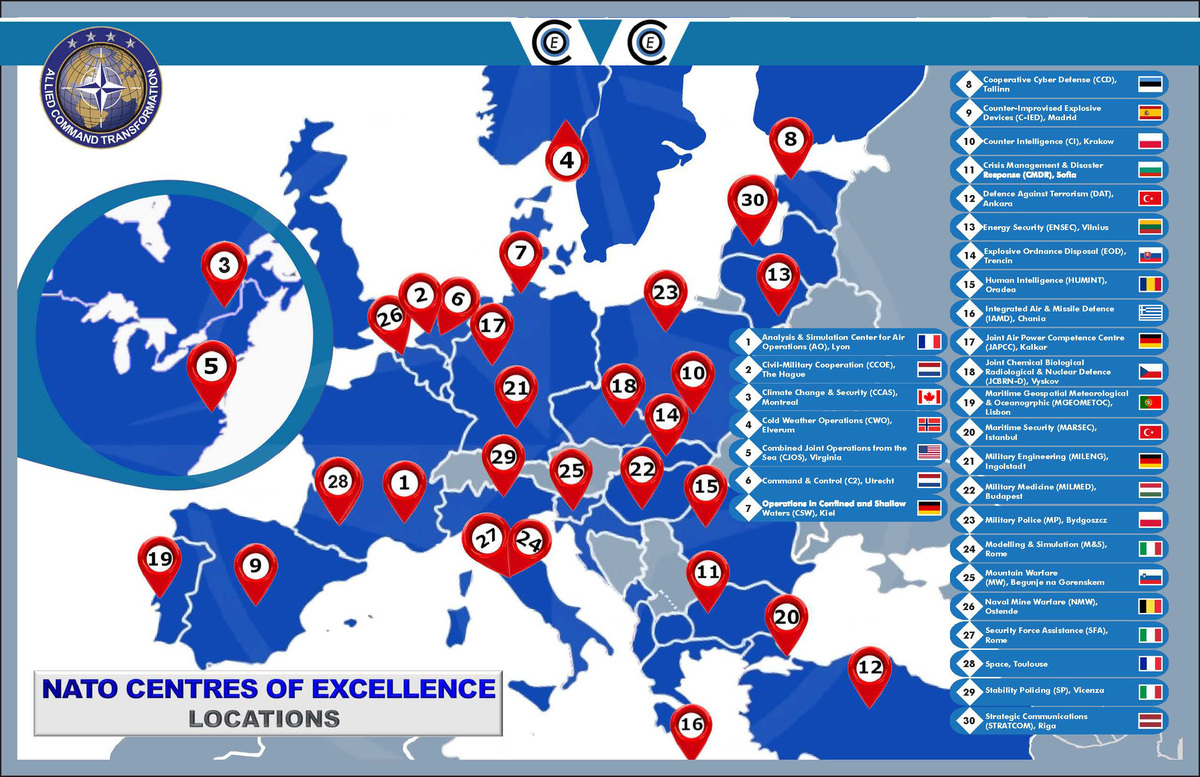
Can we now focus more on the centre in the Czech Republic? Can you briefly describe its history and how many nations are represented there?
The centre in Vyškov focuses on CBRN defence (protection against weapons of mass destruction). It was established in 2006 and accredited as a NATO Military Body the following year. Among the first countries to establish the centre were the Czech Republic, Germany, Great Britain, Greece, Italy, Romania, Slovakia and Slovenia. In subsequent years, Poland (2008), Hungary (2010), the United States (2011), France (2013), Austria (2016) and Canada (2018) joined. It should be emphasised that we are continuing our efforts to recruit other countries, not only NATO member states but also NATO partners.
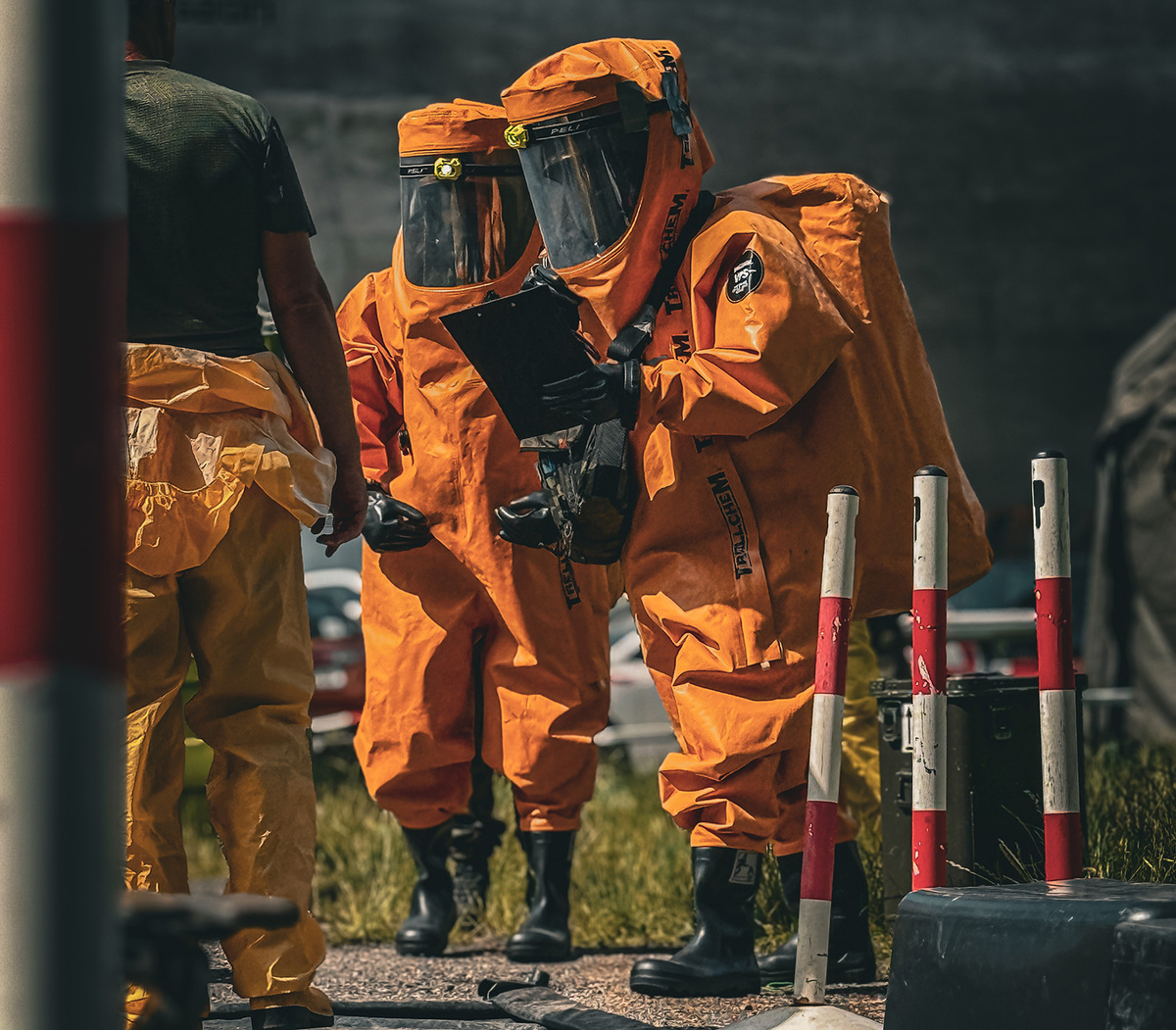
What challenges are the centres currently facing?
The biggest challenge is for the centres to remain relevant to NATO and their sponsoring countries. It is not just about support as such; the centres need to be able to respond flexibly to a changing environment, come up with new ideas and have room for innovative solutions. Another problem is the availability of high-quality personnel, which is the second biggest challenge. COEs are centres where expertise and experience on a given topic are concentrated across the Alliance, and this requires high-quality and professionally trained personnel, which is in short supply today.
And what is the situation at your COE?
Unfortunately, the field of protection against weapons of mass destruction is not as interesting or popular as, for example, cyber security, where the personnel situation is excellent and countries are very interested in this COE. Nevertheless, the centre maintains an above-average level of staffing. Our centre strives to come up with new ideas in the area of human resources policy. One way to improve the staffing situation could be, for example, the use of voluntary national contributions or interns. The internship concept in particular has proven very successful for us. A few years ago, we created an internship programme in cooperation with The Hague University. We have gradually opened up to other universities and postgraduate students, with a current capacity of four interns per year. It is gratifying that the interest in internships far exceeds our capacity.
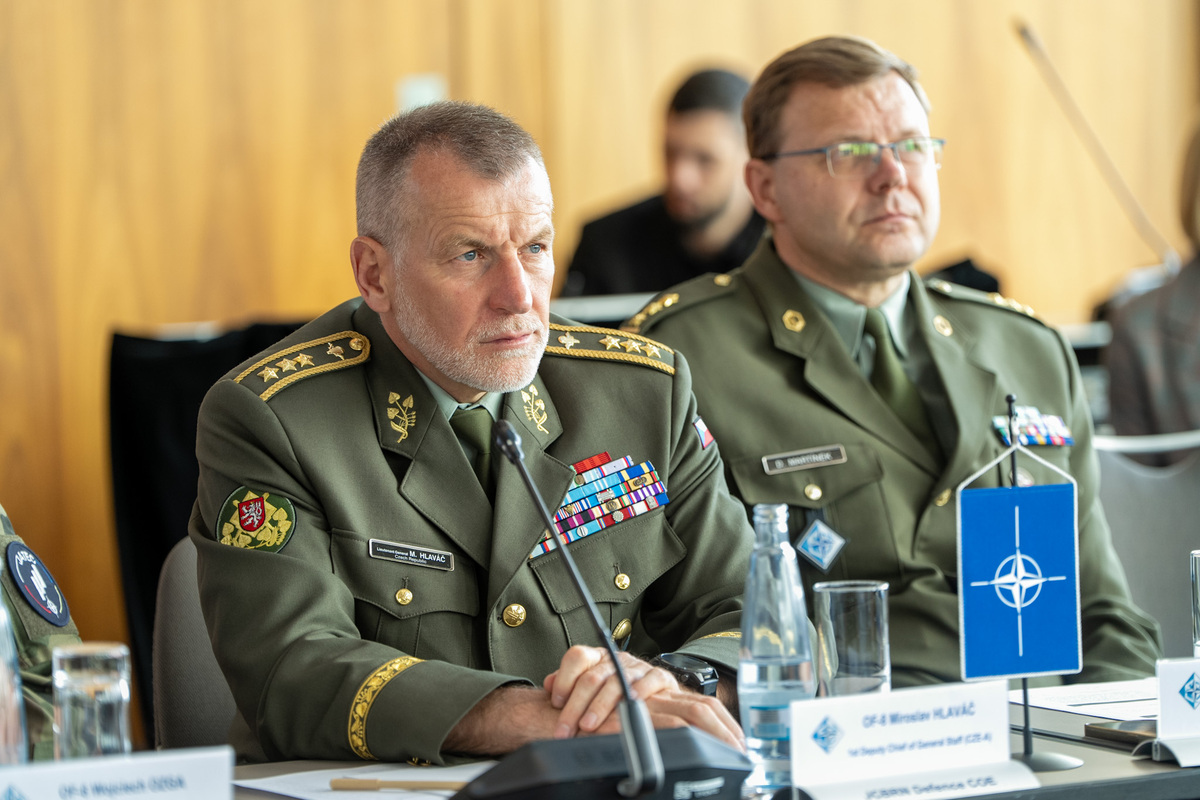
There is a lot of talk today about developing capabilities and the influence of new technologies. How does your centre support this area?
Capability development is one of the cornerstones of our support for the Alliance. In order to be able to define capability requirements and development, it is necessary to know and understand the operational environment and how it is changing, not only today but also in the future. This is where knowledge of technologies and technological innovations comes in. The combination of these factors will enable us to define not only currently available solutions, but also those of the future. This is also linked to the need for a correct definition of requirements and links with the defence industry.
Three years ago, we created a ‘technology watch’ position at our centre, which aims to monitor new technologies. This is also related to our cooperation with industry, where we enable companies to present their technologies and products at the centre and, at the same time, discuss new procedures with their representatives, thus gaining an overview of developments in our field. However, I still see room for improvement and streamlining in this area.
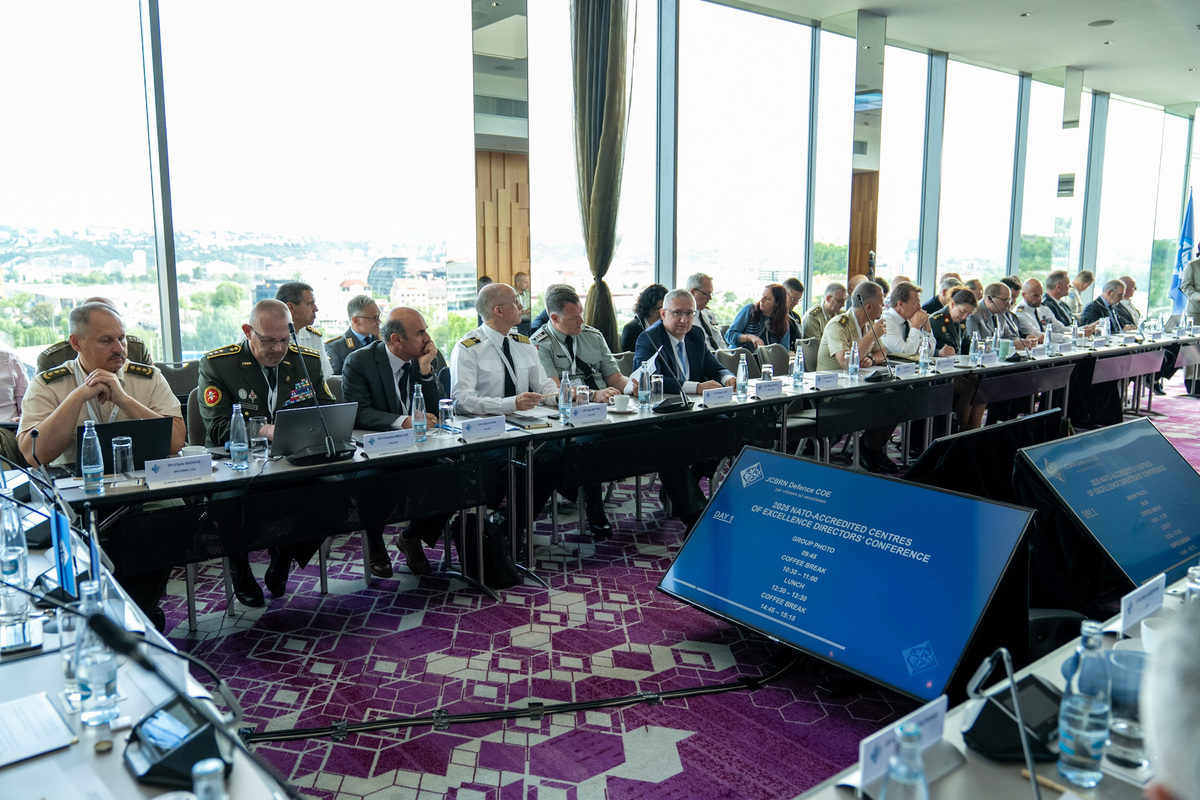
Over the past two years, we have established promising cooperation with NATO STO and are participating in eight of their research projects in the field of CBRN defence.
Another promising step is the incipient cooperation with the Defence Innovation Accelerator for the North Atlantic (DIANA) project, which was also one of the topics of the conference. The opportunity to participate in this project has great potential for the future and is an opportunity for COE.
How would you evaluate the conference and its conclusions?
From my point of view, it was a great success. This is also evidenced by the great interest in participating in the conference. 100% of NATO COEs participated, together with representatives from eight NATO organisations. The conference allowed individual participants, and especially the directors of the centres, to discuss new possibilities and opportunities for COEs in supporting NATO, as well as possible solutions to the current problems and challenges I mentioned earlier. We also elected the Dean for 2026, who is the director of the Cold Weather Operations COE in Norway.
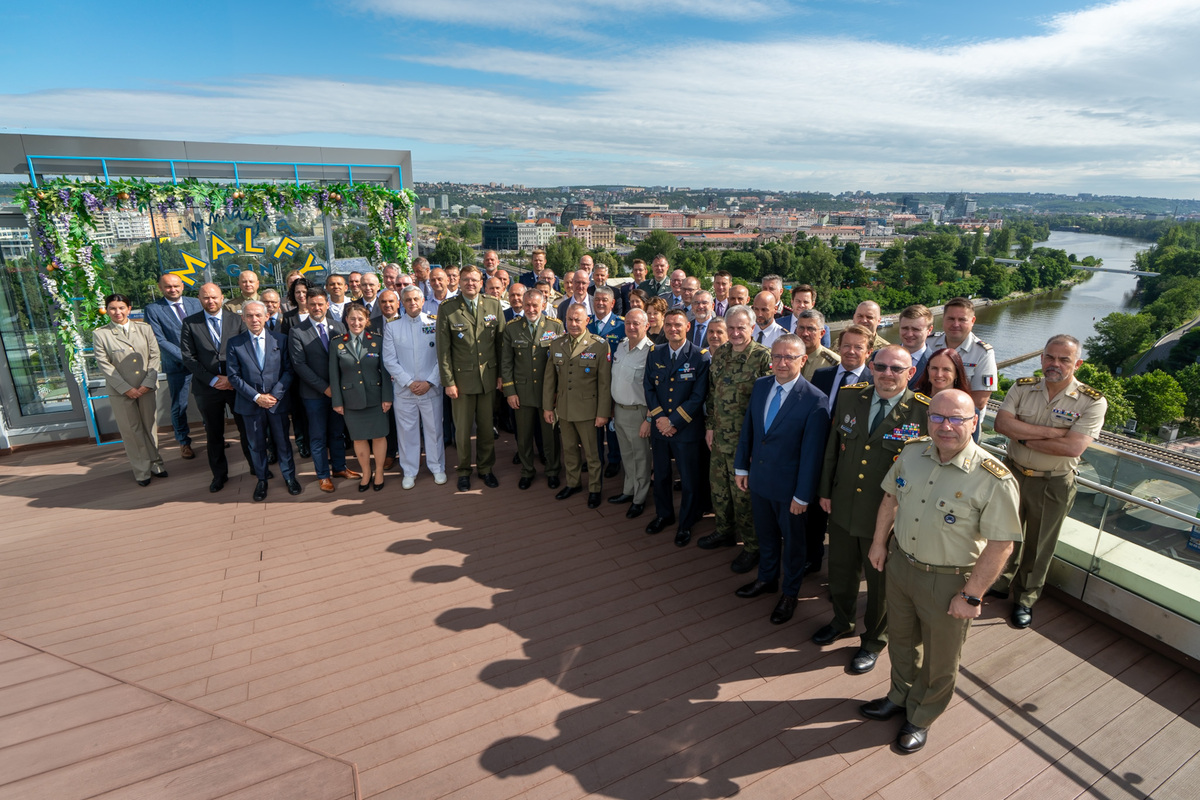
What can you expect as Dean for the rest of the year?
Currently, my main task is to prepare for the Annual Warfare Development Conference in Norfolk, USA, where I will present the work and achievements of the ACT and the COE. It is important to showcase the COE as an important part of NATO and its transformation. During this conference, I will also hand over the position of Dean to the next director.
Furthermore, the COE Market Place 2026 is being planned and prepared at NATO Headquarters in Brussels. This event is held every two years and is an opportunity to present the COEs and their work not only to NATO HQ personnel but also to representatives of individual countries. It is an opportunity for us to reach out to various actors and countries in one place and at the same time see what other centres are presenting.



